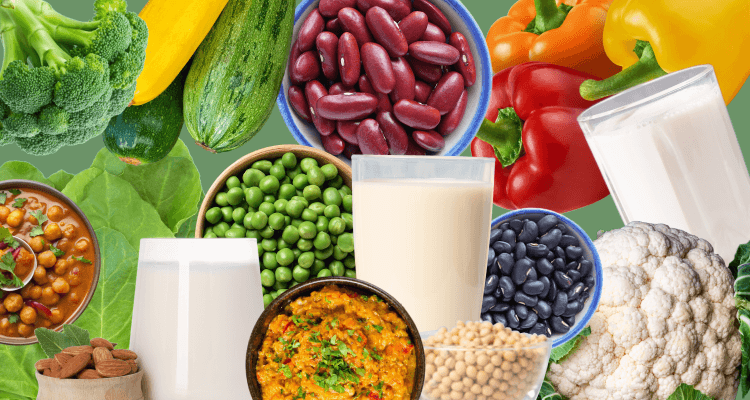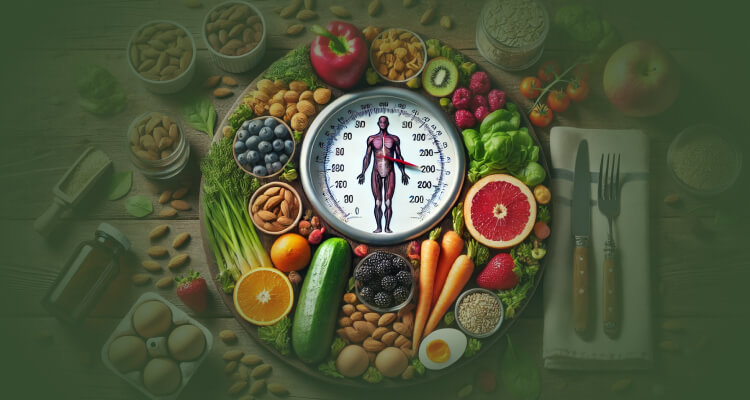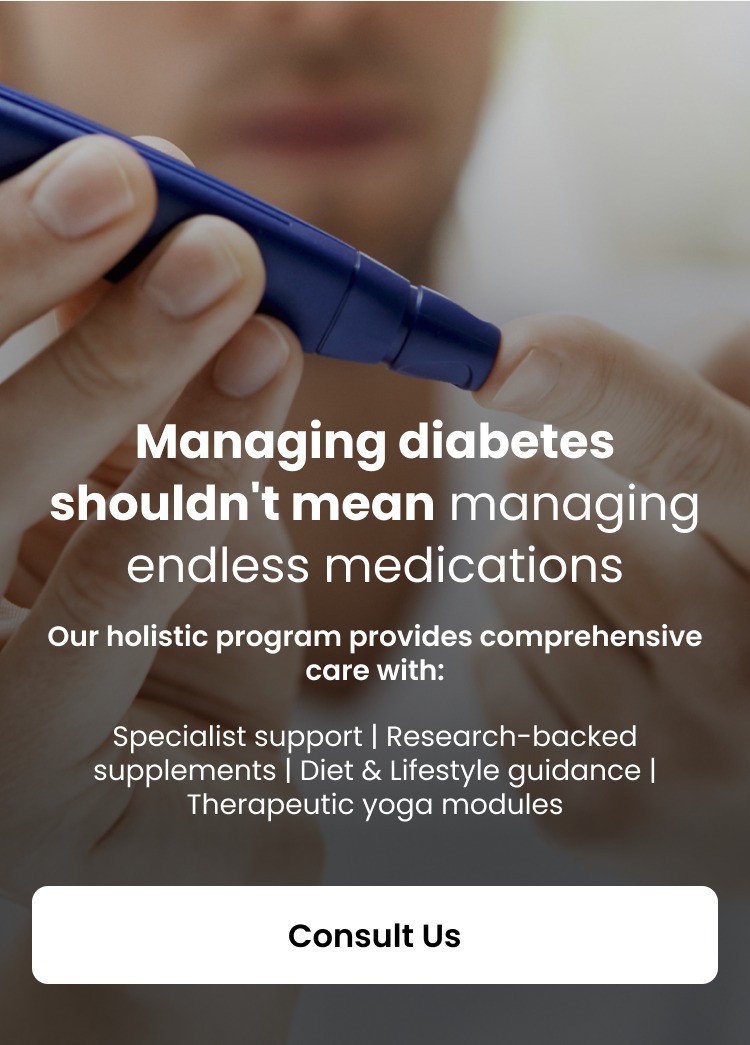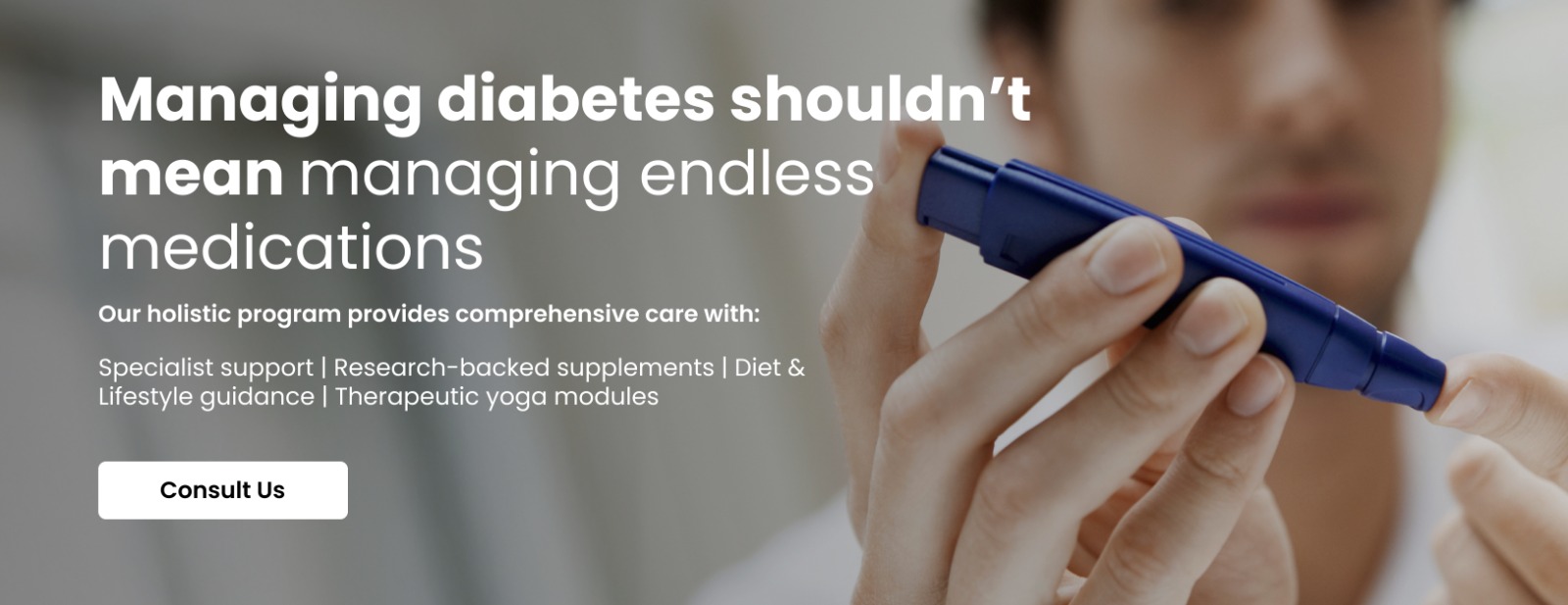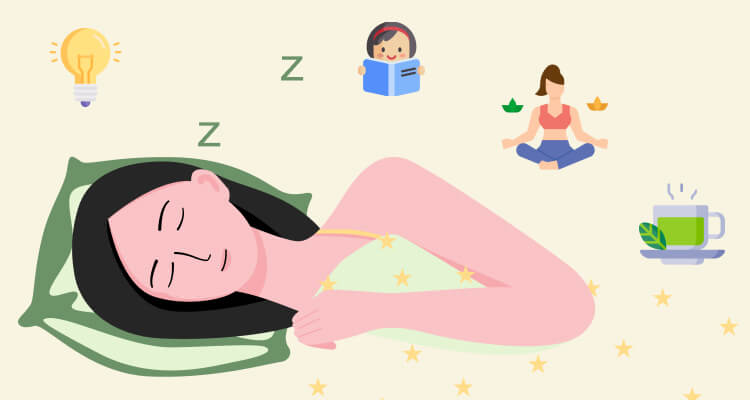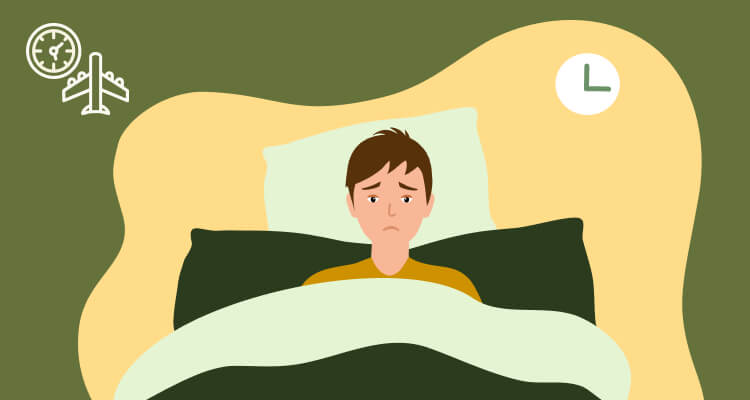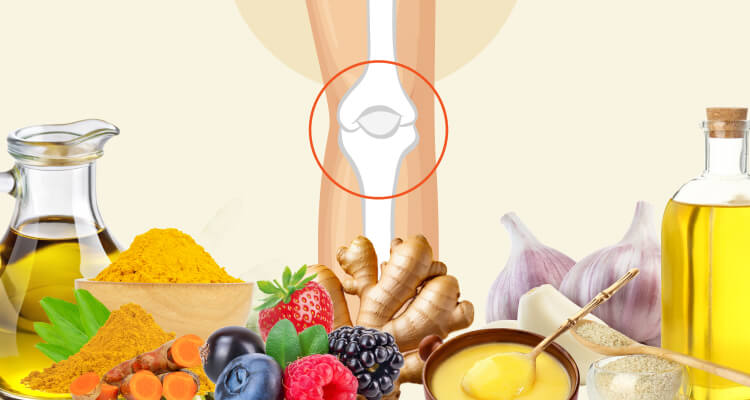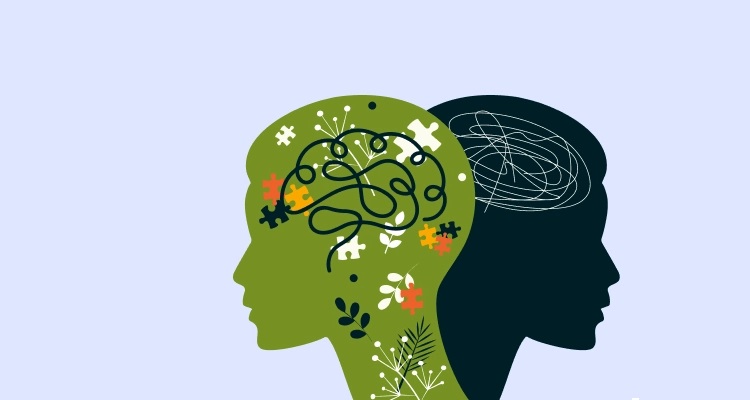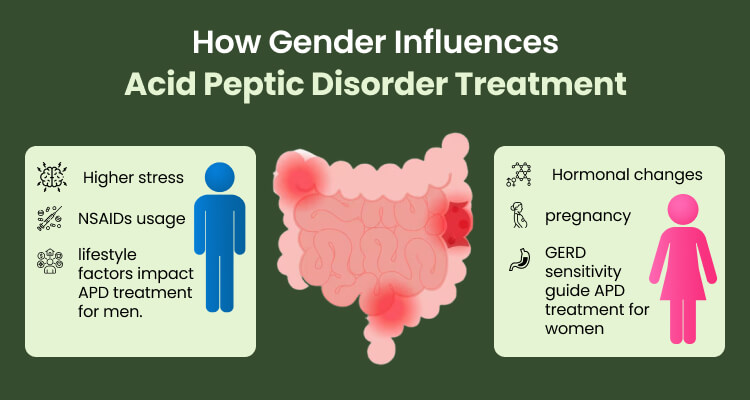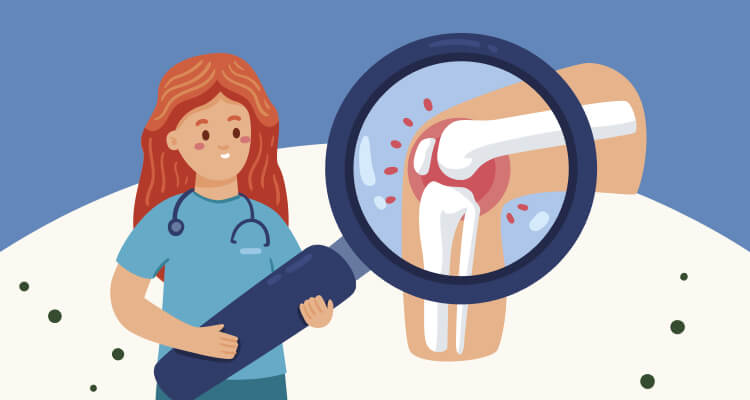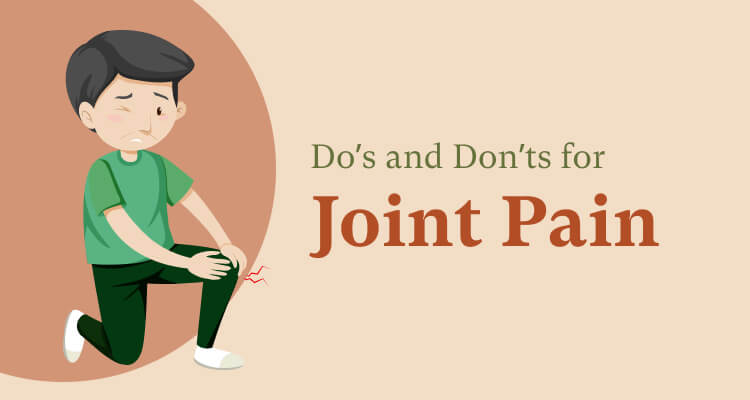Stress isn’t just a mental challenge—it’s a physiological one too, especially for those managing diabetes. Imagine waking up each day with the ability to handle stress calmly and effectively, rather than feeling overwhelmed by its weight. For many of us, stress can feel like an unrelenting force that impacts our daily lives and health. But what if you could change that?
Mindfulness is a powerful practice that involves being fully present and engaged in the moment, without judgment. It can help you better manage stress by fostering a sense of calm and clarity. Through techniques like deep breathing, meditation, and mindful movement, you can train your mind to respond to stress in a more balanced way. These practices don’t need a complete life overhaul.
Small, mindful changes can make a big difference.
7 Mindful Activities to Transform Your Diabetes Journey
1. Mindful Breathing
Mindful breathing is a practice that involves intentionally focusing on your breath, paying close attention to each inhale and exhale. It helps ground your awareness in the present, fostering relaxation and reducing stress. By engaging the parasympathetic nervous system, mindful breathing lowers stress hormones such as cortisol and encourages a sense of calm.
How to Practice Mindful Breathing
- Find a Comfortable Position: Sit comfortably and close your eyes to minimize visual distractions.
- Focus on your breath: Slowly and deeply inhale through your nose, allowing your abdomen to expand. Pay attention to the air flowing in and out of your nostrils, the rise and fall of your chest or abdomen, and the sound of your breath.
- Observe Without Judgment: Notice any sensations, thoughts, or feelings that arise, but let them pass without engaging with them.
- Use Counting or a Mantra: Count each breath cycle or use a calming phrase or mantra to maintain focus.
- Practice Regularly: Aim to practice mindful breathing for around 5 minutes each day. As you become more accustomed to the practice, increase the duration.
A Pro Tip for Your Busy Life:
Take mindful breathing breaks during short pauses at work. You can also use these moments while waiting in line.
2. Body Scan Meditation
Body scan meditation is a mindfulness practice that involves focusing your attention on different parts of your body to identify and release tension. It enhances body awareness and can help promote relaxation and reduce stress.

How to Practice Body Scan Meditation
- Settle into a Comfortable Spot: Sit or lie down in a relaxed position. Close your eyes and take a few deep breaths to relax your body and mind.
- Focus on Each Body Part: Start at your toes and work your way up to your head, focusing on each body part and noting any sensations, tension, or discomfort.
- Breathe into Tension: If you notice tension, imagine breathing into that area, allowing the breath to bring relaxation and ease.
- Move Upward: Continue this process as you move up through the body—feet, legs, hips, abdomen, chest, arms, neck, and finally the head.
- End with a Moment of Awareness: Once you’ve scanned the entire body, take a few moments to notice the overall sense of relaxation and calm. Gently open your eyes and return to the present moment. Aim to practice for 10-15 minutes daily.
A Pro Tip for Your Busy Life:
Go for guided sessions on apps like Headspace, Calm, or Insight Timer. If it helps, play calming background music or nature sounds to enhance relaxation and focus during the practice.
3. Mindful Eating
Mindful eating means being fully present and attentive to the sensory details of your food, including its taste, texture, and aroma. Mindful eating can help you improve your eating patterns and glucose control by increasing awareness of hunger cues and making better food choices.
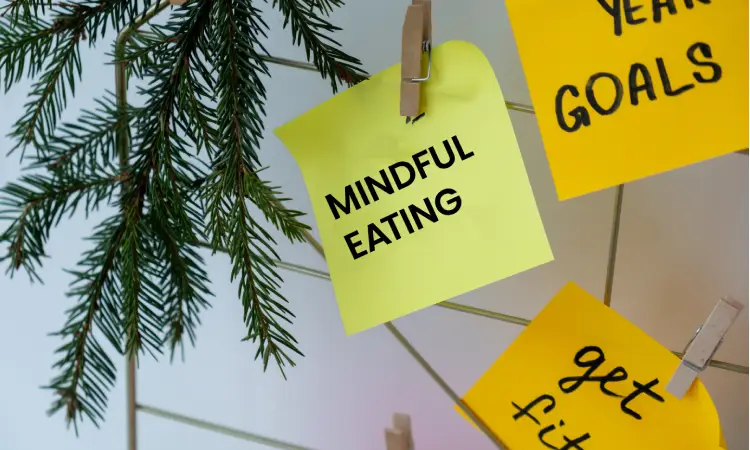
How to Practice Mindful Eating
- Start Small: Start by practicing mindfulness with one meal or snack each day. Focus on being present during this time and gradually expand the practice to other meals.
- Engage Your Senses: Observe the colors, shapes, and presentation of your food. Notice the aroma of the food. Feel the texture of your food as you eat. Savor each bite, paying attention to the flavors.
- Use Mindful Eating Techniques:
Try chewing each bite 20-30 times to better enjoy the taste and texture of your food. Before you eat, ask yourself if you’re really hungry or if you’re eating because of boredom or stress. It can help you eat more mindfully and make your meals more enjoyable.
A Pro Tip for Your Busy Life:
Plan your meals to include mindful eating moments. Prepare your food in advance so you can enjoy it without rushing.
4. Gratitude Journaling
Gratitude journaling is a practice where consistently write down the things you are grateful for. Expressing gratitude is a simple yet powerful practice that can shift your focus from stress and negativity to appreciation and positivity, and improve relationships by fostering appreciation and reducing conflicts.

How to Practice Gratitude Journaling
- Set Aside Time Daily: Allocate a few minutes each day to jot down three things you’re grateful for.
- Be Specific: Focus on specific events or aspects of your day to make your gratitude practice more meaningful.
- Reflect Regularly: Read over your entries to reinforce positive feelings.
A Pro Tip for Your Busy Life:
Keep a small notebook or use a note-taking app on your phone to jot down your gratitude moments quickly during commutes, or before bed.
5. Progressive Muscle Relaxation (PMR)
Progressive Muscle Relaxation (PMR) is a technique designed to reduce stress and promote relaxation by systematically tensing and relaxing different muscle groups. It helps increase awareness of physical tension and encourages a state of calm.
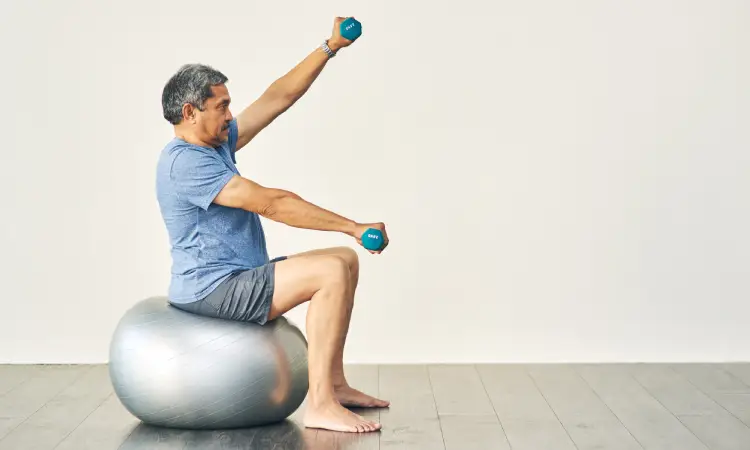
How to Practice PMR
- Sit or Lie Down Comfortably: Sit in a comfortable posture where you can relax without being disturbed. Ensure your environment is quiet and calming.
- Tense and Relax Muscle Groups: Start from your feet and work up to your head. Tense each muscle group for 5-10 seconds, then release and focus on the sensation of relaxation.
- Repeat Regularly: Aim for a daily session, even if it’s just 5 minutes.
A Pro Tip for Your Busy Life:
Practice PMR during breaks or before bed. Quick sessions focusing on areas like the shoulders or neck can relieve tension.
6. Mindful Movement
Mindful movement is about blending mindfulness with physical activities, where you concentrate on the sensations and motions within your body. By integrating awareness into your exercise routine, you enhance both mental clarity and physical health.

Yoga is a prime example of mindful movement, combining postures and breathing exercises to boost flexibility, strength, and mental focus. Try practicing yoga poses at different times throughout the day for optimal results.
For example:
- Sun Salutations, which involve performing a series of poses in a flowing sequence while synchronizing breath with movement, are best performed in the morning.
- On the other hand, Corpse Pose, a restorative pose that encourages relaxation and mindfulness through deep breathing, is most beneficial in the evening or before bed.
Interested in learning about yoga poses specifically designed for diabetes and how to perform them? Head over to our detailed blog post for all the insightful details!
A Pro Tip for Your Busy Life:
Set a reminder to practice mindful movement in your daily routine. Whether it’s a quick stretch, a few yoga poses, or a short walk, these moments of mindfulness can boost your focus and energy throughout the day.
7. Walking Meditation
It involves walking slowly and mindfully, paying close attention to the sensation of each step and the rhythm of your breath. Start with short walks and gradually increase the duration as you become more comfortable with the practice. Use walking meditation as a break during your day to reset your focus and reduce stress.

Are You Also Stuck in the Vicious Cycle of Stress and Blood Sugar?
Diabetes and stress are closely related because stress impacts blood sugar levels and overall health. When stress becomes a constant part of your life—whether from tight deadlines, unexpected events, or daily pressures—your body activates the “fight or flight” response, releasing cortisol, the “stress hormone.” Cortisol increases blood sugar levels to provide quick energy. While this response is beneficial for immediate challenges, over time it can lead to insulin resistance, where your body needs more insulin to maintain normal blood sugar levels. This ongoing cycle can make your cells less responsive to insulin. The result? A strained pancreas.
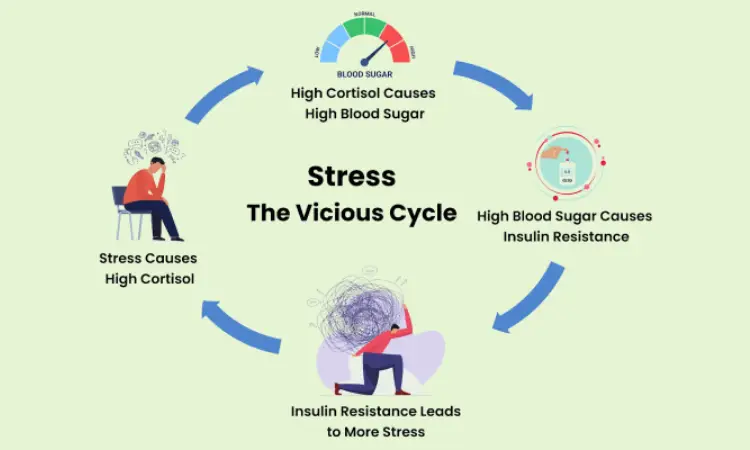
What Ayurveda Says About the Link Between Stress and Diabetes
In Ayurveda, diabetes is known as Prameha or Madhumeha, which means having sugar in the urine. Key causes include a sedentary lifestyle, excessive yogurt consumption (which can block the body’s channels), preservative-filled foods (which can disrupt cellular energy), and heavy foods (which can hinder digestion). These factors aggravate the Kapha dosha, leading to metabolic issues.
Emotional factors like grief and anxiety also play a significant role. These emotions can disturb the balance of Vata and Kapha doshas, affecting energy flow and digestion, which may worsen type 2 diabetes. Ayurveda advocates a holistic approach that addresses both physical and emotional aspects to restore balance and improve overall health.
The Dual Role of Cortisol
Cortisol, often associated with stress, has a complex role in your body’s response to challenges.
Cortisol increases blood sugar levels by signaling your liver to release more glucose into the bloodstream. The sudden surge of glucose gives your muscles the energy they need to either fight off the threat or flee from it. Cortisol contributes to insulin resistance, which over time raises blood glucose levels. Elevated cortisol levels over extended periods can contribute to health issues such as increased blood pressure, immune system suppression, and reduced serotonin levels.
Are there any Positive Effects of Cortisol?
While cortisol is often viewed negatively due to its association with stress, it is important to recognize its beneficial roles. However, cortisol’s ability to provide energy, enhance cognitive function, and reduce pain is essential for effectively managing acute stress.
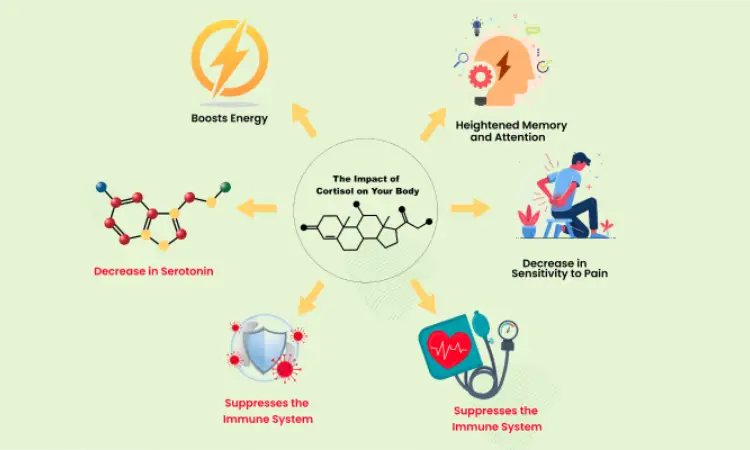
-
Energy Boost
Cortisol elevates blood sugar levels to provide a quick source of energy. This increase enables you to effectively respond to immediate stressors, whether physical or mental exertion.
-
Enhanced Cognitive Function
During stressful situations, cortisol enhances memory and attention, helping to maintain focus and clarity and make quick decisions.
-
Reduced Pain Sensitivity
Cortisol can reduce pain sensitivity, which can be helpful in situations requiring endurance or overcoming physical challenges.
Take Charge of Your Health with LYBL
At LYBL, we support your journey to better health by integrating these principles with our holistic solutions. Our programs include expert-guided consultations, yoga, personalized diet plan guidance, and natural supplements that address the root causes of stress and diabetes, providing a comprehensive approach to a more balanced life.
- Tailored Wellness Protocols: Personalized solutions combining Ayurvedic supplements, yoga, and lifestyle guidance for diverse health needs.
- Standardized Ayurvedic Formulations: High-potency supplements blending ancient herbs with modern science for optimal effectiveness.
- Precision Health Progress Tracker: Detailed tracking system offering insights into how LYBL’s approach impacts your wellness journey.
Remember, your health is in your hands, and small changes can make a big difference. Take a deep breath, find your center, and start your journey towards better health today.


